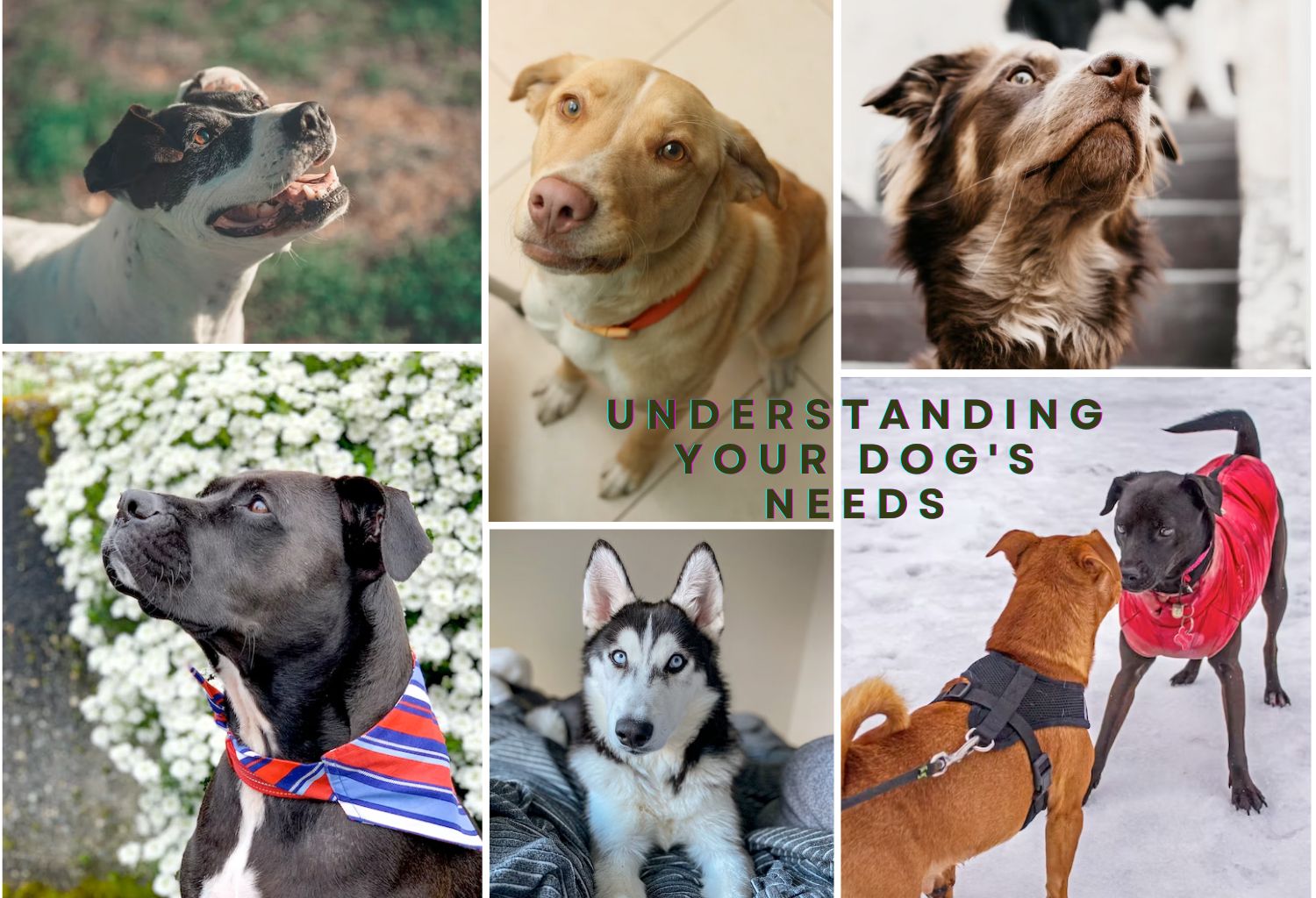Dogs are more than just pets; they are loyal companions that become a part of our families. But have you ever wondered what goes on in your furry friend’s mind? Understanding your dog’s wants and needs is crucial for building a strong bond and ensuring their well-being. In this article, we will delve into the world of canine communication, exploring the various ways dogs express themselves and how you can become fluent in understanding their language.
The Basics of Canine Communication
Body Language: A Silent Conversation
Dogs primarily communicate through body language. By observing their posture, facial expressions, and tail movements, you can gain valuable insights into their emotions.
Vocalizations: Barks, Whines, and More
Dogs use different vocalizations to convey their feelings. Learn to distinguish between barks of excitement, aggression, and fear to better understand your dog’s state of mind.
Deciphering Your Dog’s Needs
Hunger and Thirst
Understanding when your dog is hungry or thirsty is essential for their health. Learn to recognize the cues they give, such as pawing at their food bowl or licking their lips.
Playtime and Exercise
Every dog needs playtime and exercise to stay happy and healthy. Recognize their signals for wanting to play, like bringing you a toy or excitedly wagging their tail.
Affection and Attention
Dogs crave affection and attention from their owners. Discover how your dog expresses the need for love, whether it’s through gentle nudges, leaning against you, or snuggling.
Bathroom Breaks
Avoid accidents in the house by recognizing when your dog needs to go outside. Look for signs like pacing, sniffing around, or whining near the door.
Rest and Relaxation
Dogs need their beauty sleep too. Learn when your dog is ready for a nap by observing them curl up or find a cozy spot.
Beyond Basic Needs
Fear and Anxiety
Understanding your dog’s fears and anxieties is crucial for their well-being. Recognize signs of distress, such as trembling, cowering, or excessive panting.
Social Interaction
Dogs are social creatures. Learn to identify when your dog wants to interact with other dogs or humans, as this is essential for their social development.
Medical Attention
Recognizing signs of illness or discomfort is vital. Pay attention to changes in appetite, energy levels, or unusual behavior to ensure your dog receives prompt medical care.
Building a Stronger Bond
Positive Reinforcement
Reward your dog’s good behavior with treats and praise. Positive reinforcement strengthens the bond between you and helps your dog understand your expectations.
Training and Communication
Invest time in training to establish clear communication with your dog. This not only helps you understand them better but also ensures their safety and obedience.
Patience and Empathy
Every dog is unique, and understanding their individual quirks may take time. Practice patience and empathy to build a deeper connection with your furry friend.
Conclusion
Your dog has a lot to say, and by paying close attention to their body language, vocalizations, and needs, you can become fluent in understanding their desires and emotions. This not only strengthens your bond but also ensures your dog leads a happy and fulfilling life.
FAQs about Understanding Your Dog’s Needs
Q1. Can I learn to understand my dog’s body language?
Absolutely! With patience and observation, you can become adept at interpreting your dog’s body language and gestures.
Q2. How do I know when my dog is in pain?
Signs of pain in dogs may include whimpering, limping, or guarding a specific body part. Consult your veterinarian if you suspect your dog is in pain.
Q3. Is it essential to socialize my dog?
Yes, socialization is crucial for a well-rounded and well-behaved dog. It helps them adapt to various situations and interact positively with others.
Q4. What if my dog’s behavior suddenly changes?
Sudden behavioral changes could indicate underlying issues. Consult with a professional dog trainer or veterinarian to address any concerns.
Q5. How can I reward my dog effectively during training?
Use small, tasty treats and enthusiastic praise to reward your dog during training. Be consistent and patient to achieve the best results.

